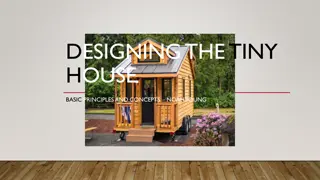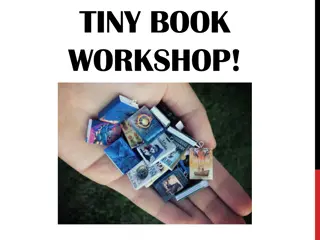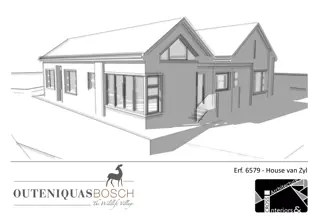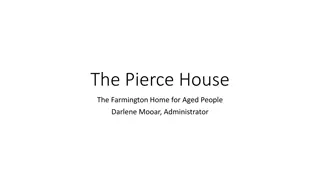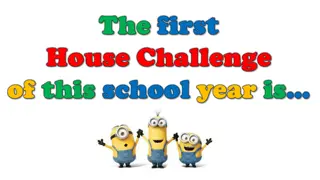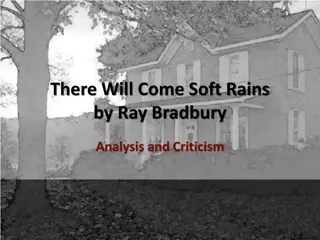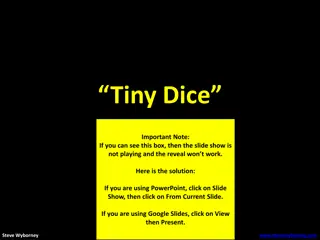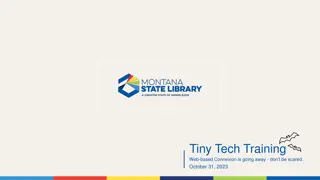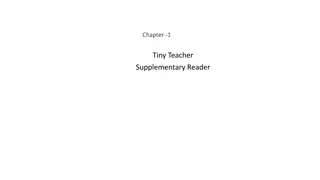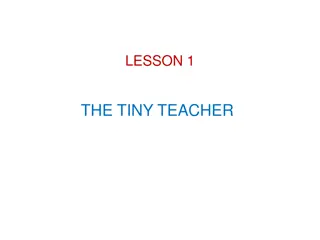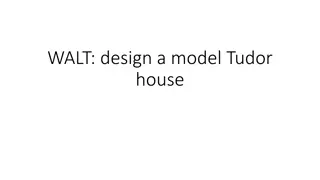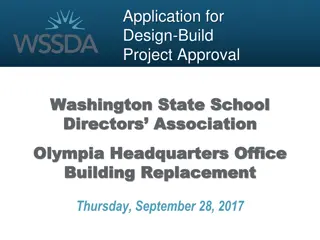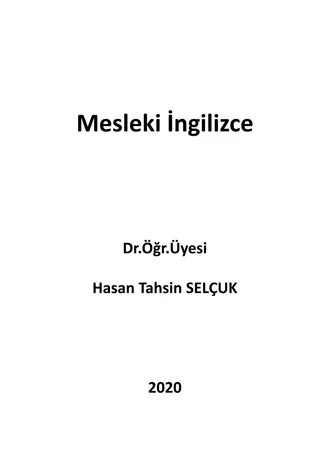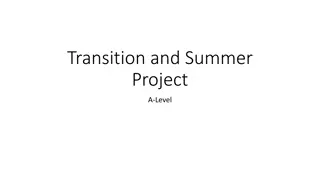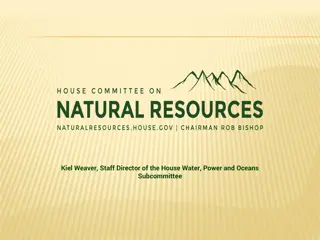Design Your Own Tiny House Project
Engage in a group project to design and construct a model of a tiny home using household materials. Consider factors like size constraints, location, environmental sustainability, and innovative design features. Collaborate with your team to brainstorm unique ideas and create detailed plans for the exterior and interior of your tiny house model.
Download Presentation

Please find below an Image/Link to download the presentation.
The content on the website is provided AS IS for your information and personal use only. It may not be sold, licensed, or shared on other websites without obtaining consent from the author. Download presentation by click this link. If you encounter any issues during the download, it is possible that the publisher has removed the file from their server.
E N D
Presentation Transcript
The tiny house project Tiny homes are becoming more and more popular. Fitting all the basic needs inside a small space can be a challenge though. https://www.youtube.com/watch?v=6a_P-N3EFIc Your job will be to work in small groups to design and build a model of a tiny home. As you work on your design keep the following in mind: - Maximum size - Where it will it be put/built? And how does this affect accessibility and design features? - How could you make this home environmentally friendly and economical? - Materials You will then create a model of your tiny house. You will be using household materials such as: cardboard, construction paper, glue, tape, and other recyclable and easily accessible items. Please start collecting these Remember to keep your model to scale! Name: _______________
Name: _______________ The tiny house project this has the wow factor Exceeds expectations Meets expectations. expectations. Some evidence is present. expectations, no Minimally meets evidence shown Does not meet Self Evaluation My tiny house includes all necessities of a home: kitchen, bath and bed facilities. I stayed within the constraints of size for a tiny home. I clearly explain where my house will be located and designed features that are necessary to this location. My sketches and plans for the house were complete, neat and easy to understand. My house included design features that are creative and unique. I was able to share my ideas and listen to other peoples ideas. I worked well with my group. My model uses appropriate materials and scale.
The tiny house project Brainstorming: (write/sketch down all your ideas! You never know where it will lead ) Where will your tiny house be located? Think of any special design features that you may need to add for this location. (ex. A tree how will you get up the tree? Underground what kind of system or entrance required? Cool features? Any special windows, doors? How will you make the most of interior space? What can have multiple purposes? How can you make the most of the space? Materials: what type of special items do you need to bring to complete your model? Think craft and recyclable materials . Straws, pipe cleaners, tin foil, popsicle sticks Name: _______________
The tiny house project Draw the exterior front, rear and side plans: FRONT: BACK: SIDE: Name: _______________
The tiny house project Inside floor plans and design ideas: Name: _______________
Our tiny house! This house was designed to be built (any special location?) ____________________________________________________. In order to maximize space we designed the following features: (list all the things that you might want to explain in your model. For example, something might fold out of the way when not using it?) Special materials and recycling ideas that keep this an environmentally friendly and efficient home are: What is the scale of your model? (this is determined by model size : actual size ratio, for example 1 cm= 1 foot) Your teacher can help determine this once your model is finished. Name: _______________
The tiny house project REFLECTION: 1. What was difficult in designing a tiny home? What were the hardest features to include? 2. Did everyone contribute to the design ideas and planning? If not, why? 3. When there were disagreements in the group how were they solved? Persuasion or compromise or other? 4. What was difficult in creating the model of the tiny home? Name: _______________
Name: ______________ Advisory: __________________ CREATIVE THINKING CORE COMPETENCY LINKS Which Creative Thinking Core Competencies did this activity focus on? - I can get new ideas or build on other people s ideas, to create new things within the constraints of a form, problem, or materials. - I get ideas that are new to my peers The Core Competency of Creative Thinking Core Competency asks students to develop new ideas and concepts. Think about the ways you used creative thinking in your classes today, choose one of the Core Competencies listed above, and explain the ways you used it in the space below. Do you have a document, picture, or other example of the way you used this core competency? If so, staple it to this page.


